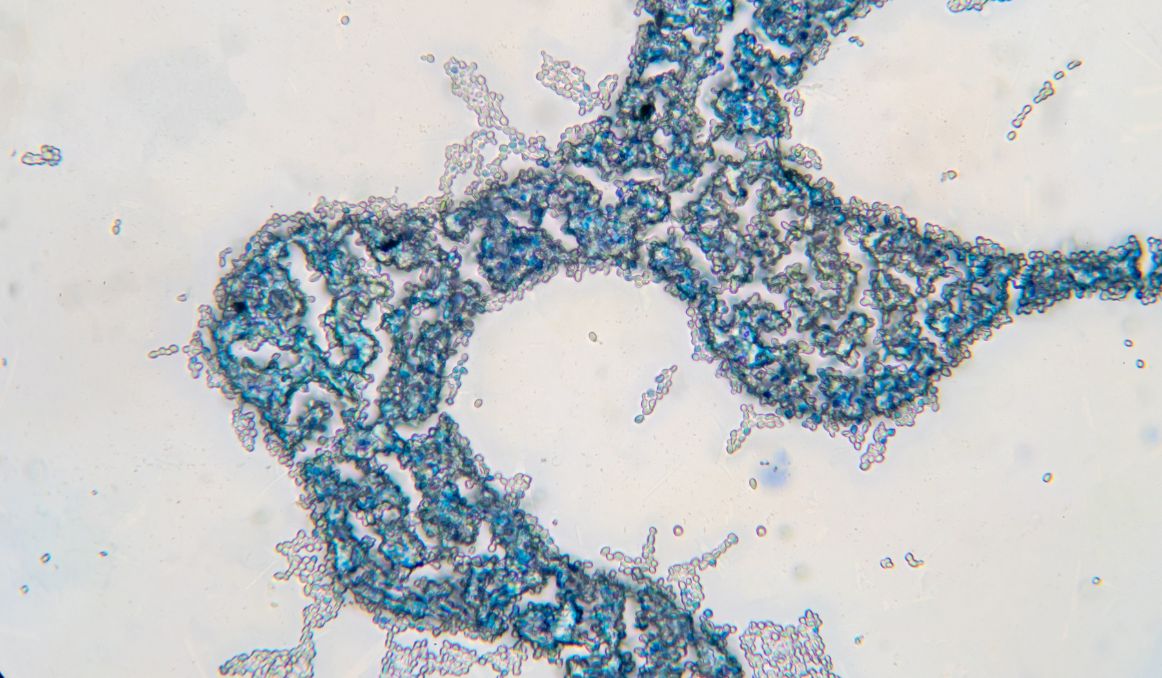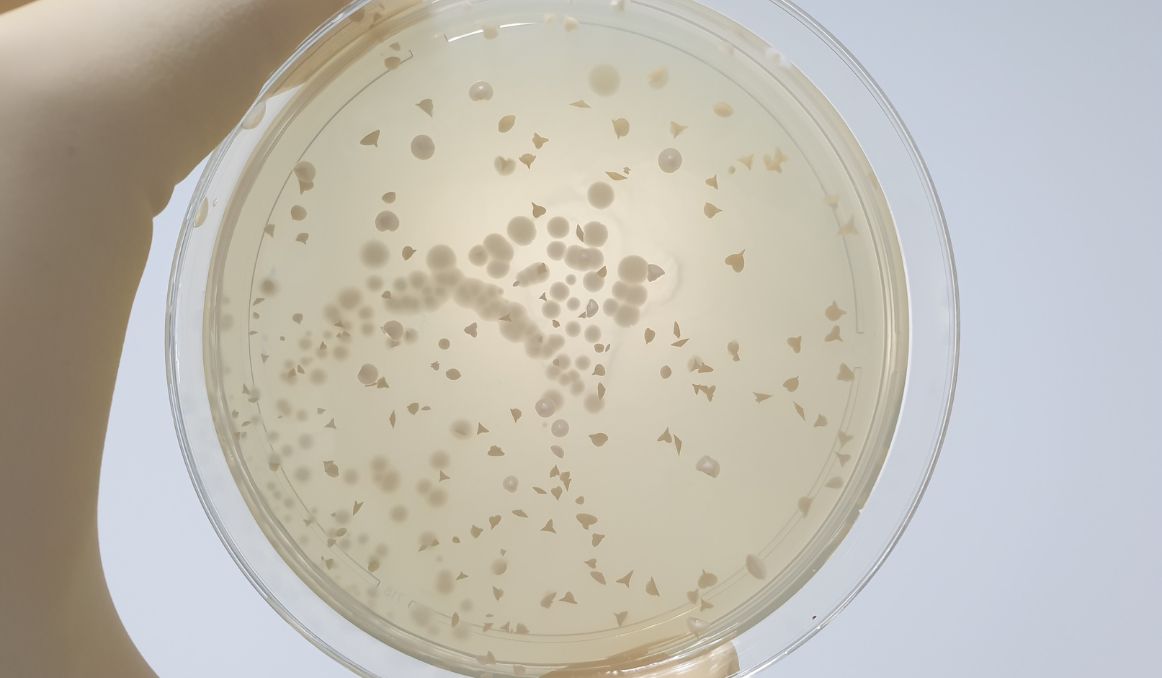Keeping Beer Yeast Alive: Your Need to Know
In this day and age of supply chain issues and manufacturer’s guarantees that fall through, it is more essential than ever for brewers to understand how to become increasingly self-sufficient. A huge part of this self-sufficiency includes keeping beer yeast alive.
Yeast and the Brewer

The relationship between yeast and the brewer was once a very clearly defined one.
Yeast has a single job as an uncomplicated, single celled living organism.
It hovers in the atmosphere, on surfaces, even in our bodies, and seeks sugar. When it senses sugar, it consumes it and converts it to alcohol and carbon dioxide.
We call this process fermentation.
The brewer’s job is also not very complicated.
For thousands of years, he or she has harvested grain, malted that grain, cracked it open, boiled it and steeped it, and then waited.
The native yeast in the environment is happy to get on the job, sensing the sugar in the wort, consuming that sugar, and turning what is essentially grain water into ale.
The process and this relationship have remained symbiotic for millennia.
When industrialization came in around the 1800s around the same time Pasteur discovered precisely what it was yeast has been doing all these years, brewers began to lose touch with their relationship to yeast.
Yeast became just another product to harvest, package, and sell.
Brewers then became convinced they had to purchase yeast, and they often were let down by the manufacturers of yeast, with delayed arrival dates and less than ideal viability.
Fortunately, today there is a reclamation of sorts occurring in the brewing scene, with brewers waking up to the reality that they can not only harvest their own yeast, but also that they can store it, keep it alive, and reculture it at will.
The process to build this modern relationship back, one between yeast and the brewer, is, fortunately, also not a complicated one.
What Yeast Wants
Of course, in the old days, it was never necessary to keep yeast alive.
Yeast kept itself alive in the wild, and brewers called upon it when they were ready to ferment.
And yeast always arrived on time.
But now we want a bit more control over this process, so we harvest our own yeast.
Harvesting Yeast
Yeast wants a constant food source. Remember, it is always seeking sugar.
And under natural conditions, when it cannot get what it wants, it does not die; it simply lies dormant.
In order to harvest our own yeast, we can attract wild yeast from the region by placing a jar of dried fruit covered with filtered water under a nearby tree for a few days and wait for yeast to get to work fermenting.
We can also harvest yeast from our favorite beer, pouring the bottom of three or four bottles into a separate container, rinsing and cropping the yeast.
Or we can simply purchase from a reliable manufacturer and begin the growing process from there.
But how do we keep beer yeast alive?
Keeping Beer Yeast Alive

It’s not always easy keeping something meant to be wild alive in a domesticated environment.
Yeast wants a constant sugar source or ideal conditions to lie dormant.
The three most common methods many brewers use for keeping their yeast alive do not always work out in the long term.
Slants, mineral oil, and silica gel are all great for storing yeast for a month or two, maybe three, but they are labor intensive, riddled with risk of contamination, and end up dead if you don’t use them quickly enough.
With slants, you need to scratch a bit of your yeast onto an agar plate, keep it sterilized, and store it in the refrigerator. You also have to open the container, check viability, and move it to a fresh plate every few months. All of this is rife with potential contamination.
With mineral oil, you will follow a similar procedure to the slants, but you will cover those slants with mineral oil, which ideally preserves the yeast for a bit longer as the cell division will slow down and increase longevity. This process is messy, and the cultures again must be refrigerated, taking up a lot of space and offering opportunities for contamination.
And finally, with silica gel, you must desiccate the yeast cells, drying out the yeast and storing it in non-frost free freezer, which may allow for a lifespan of up to one year. That requires a lot of equipment and a lot of labor.
In the end, it seems that distilled water seems the best method for keeping beer yeast alive.
To store yeast, you simply need dram vials and a heat resistant rack, a pressure cooker, distilled water, agar plates or slants, an inoculating loop, a flame source, disinfectant.
You likely have many of these materials on hand anyway if you have been working on storing yeast, and what you do not have is easy to find at most brewing supply stores.
This process will allow you to keep your yeast alive for years.
Simply ensure all of your equipment is sterile, using your disinfectant and flaming your lids and rims before use.
Use your inoculation loop to place a touch of your yeast on an agar plate or slant.
Fill your dram with distilled water about 1/3 full, lightly place your lids on and put dram in your pressure cooker to sterilize them at 15 psi for 20 minutes.
Now transfer your agar plate or slant to your dram and screw the lid on tight. Shake the vial to break up the yeast clumps.
You can place your vial in your rack and store at room temperature, away from sunlight, for years.
When you are ready to use your yeast, you will only need to reculture them, which involves adding your small amount of yeast to a very small amount, say 1 liter, of wort. Then a day later, you can add that 1 liter to 5 liters, as your yeast will grow with each pitch. The whole reculturing process takes a few days, so plan for that when you are ready to make your next batch.
Cheers!
Yeast activity monitoring is essential for optimizing the process of yeast harvesting and repitching! If you’re interested in finding out how you can use our technology to control fermentation and monitor your yeast, save work hours and improve the cost-efficiency of your business, drop us a line at [email protected] or check out the product pages (for beer or wine):
- Oculyze BB 2.0 (Better Brewing) Yeast Cell Counter App + Hardware
- Oculyze FW (Fermentation Wine) Yeast Cell Counter App + Hardware
Also, you can now get access to a fully functional demo account to test our Web App. Completely free of charge and with no commitment to purchase.
Sources:


